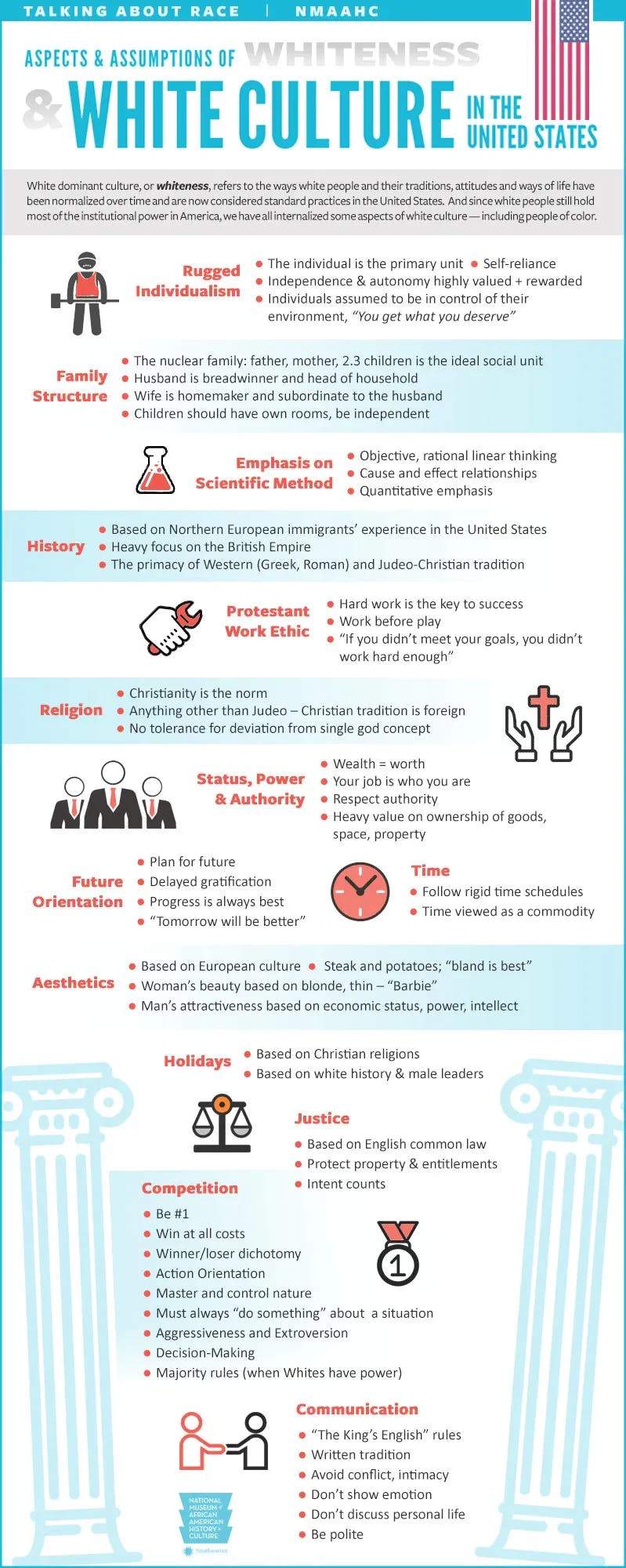The Success Sequence: A 3-Step Formula for Breaking Free from Poverty
Poverty exists in every corner of the globe — even in our flourishing first world country. While there are countless programs and initiatives to eradicate this great misfortune, we’re still seeing the numbers of impoverished citizens surge.

As of November 2020, 11.7% of Americans were living in poverty. Of course, there are many factors that contribute to these numbers. The pandemic, for example, has taken a huge toll on employment rates, leaving over 20 million Americans jobless. Aside from such international crises, there are other circumstances proven to increase one’s chances of falling below the poverty line. These are, simply put, being raised in poverty, being under-educated, and certain lifestyle situations like single motherhood.
Unfortunately, these conditions often build upon each other. For instance, children raised in poverty are far less likely to complete high school. Such children are also less likely to be consistently employed as young adults (largely due to their lack of education). It can seem like an impossible situation for someone who was born into low socioeconomic status. However, you can always beat the odds.
Children raised in poverty are far less likely to complete high school and be consistently employed.
A nearly surefire way to escape poverty is to counteract or altogether avoid the aforementioned conditions. There are three practical steps that will almost guarantee that you land in the middle class — or higher. Known as the “success sequence” and popularized by the Brookings Institution, these rules have proven effective time and again in the United States and elsewhere.
The Success Sequence
1. Finish High School
The first of these steps is to finish high school. A higher percentage of young adults who don’t complete high school live in poverty. Nowadays, it’s very difficult to find a stable or well-paying job without at least a high school diploma. According to the Bureau of Labor Statistics, workers with less than a high school diploma are, on average, the lowest earners. So it truly does pay to stay in school.
Workers with less than a high school diploma are, on average, the lowest earners.
2. Get a Full-Time Job
Completing the first step allows you to move on to the next step in the sequence, which is to get a full-time job. Those with part-time jobs are five times more likely to live in poverty. Roughly 75% of part-time workers live in poverty or are considered low income. Part-time work is both low-paying and unstable. Such jobs often lack benefits, like health insurance, job training, and retirement options like 401Ks. They’re essentially dead ends as far as long-term employment goes. If you want economic stability, finding a full-time position is a necessary first step. It's also more likely to provide opportunities for advancement (and therefore higher pay over time.)
3. Get Married before Having Children
The third step is to marry before having children. The U.S. Census Bureau has linked poverty with out-of-wedlock births through a study that found that states with a higher percentage of such births also had a higher incidence of poverty. Children raised by single mothers are four or more times as likely as children from married-couple families to live in poverty. These children are, in turn, less likely to finish high school, thus perpetuating the cycle. Choosing the stability of marriage and then begetting children out of that loving union will enable future generations to avoid poverty.
States with a higher percentage of out-of-wedlock births also have a higher incidence of poverty.
Why Is This So Controversial?
Reading this list, it might surprise you to learn that these simple rules have been attacked as racist. You might be thinking, "Why? They seem like pretty straightforward, common-sense life choices. What's the rub?"
Well, activists believe that any type of behavioral expectations are rooted in white supremacy. Last year, the National Museum of African American History & Culture published a poster about how hard work, planning for the future, and even learning to speak grammatically correct English are remnants of white supremacy. These needed to be combatted to free minorities from the web of oppression.

Black Lives Matter has also attacked the nuclear family as being a symbol of white supremacy. Although the page was scrubbed from their site after it came under attack, the statement read, "We disrupt the Western-prescribed nuclear family structure requirement by supporting each other as extended families and ‘villages’ that collectively care for one another, especially our children, to the degree that mothers, parents, and children are comfortable.”
The war against marriage, nuclear families, and academic excellence is being waged by activists who want to prevent new generations from moving up the socioeconomic ladder. The scurrilous accusation that these rules are founded in white supremacy only further prevents impoverished youngsters from improving their prospects and their lives.
The “success sequence” has received plenty of criticism — all of which has proven to be unfounded. The statistics speak for themselves. If you follow these simple steps, you will most likely find great success in avoiding poverty and its unfortunate pitfalls. In fact, only 2% of people who abide by these rules will remain in or fall into poverty. While life has its fair share of curve balls, there’s much we can do to ensure that when we step up to the plate we’ll hit a grand slam.